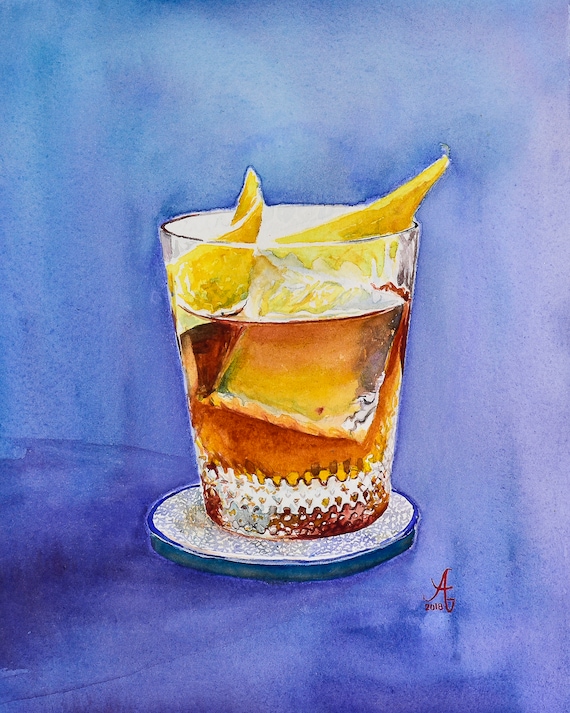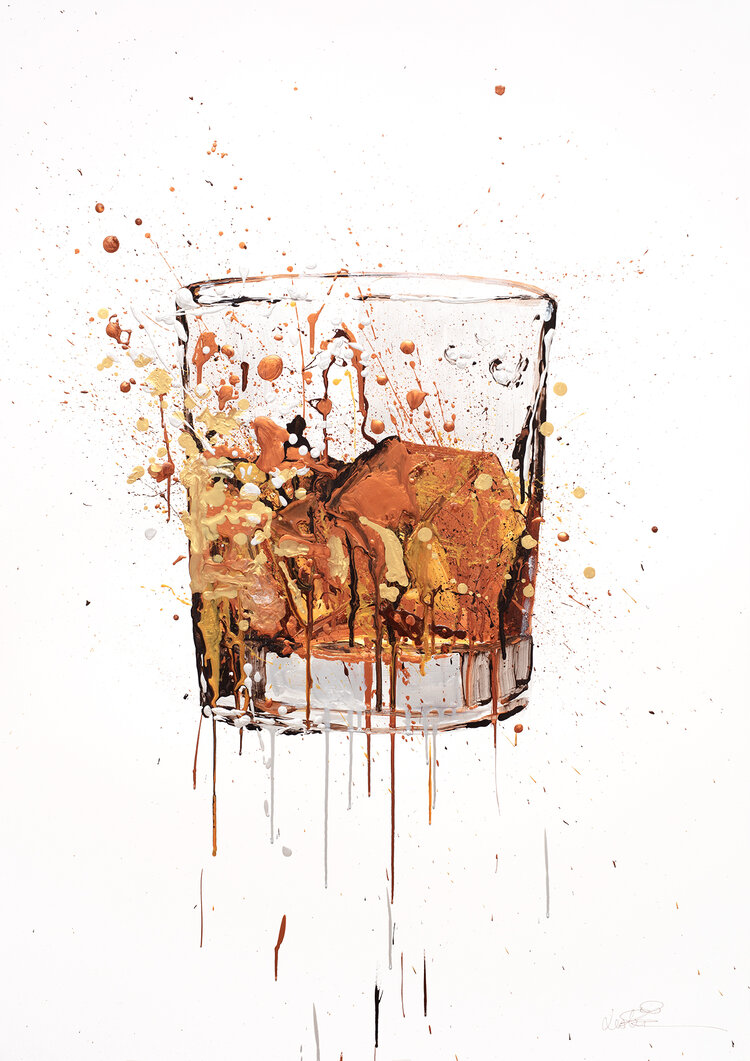Whiskey Art: Catching the Significance of Distillation in Every Brushstroke
Whiskey Art: Catching the Significance of Distillation in Every Brushstroke
Blog Article
Catching the Essence of Bourbon Art With Distinct Aesthetic Depictions and Styles
The art of bourbon extends beyond the fluid itself, manifesting with a selection of visual representations that envelop its fabled heritage and craftsmanship. What stays to be discovered is exactly how these developing designs mirror not just the whiskey itself however additionally the changing landscape of artistic analysis. Realism Art.
The History of Bourbon Art

As bourbon production spread, so too did the need to boost its experience through art. From the detailed engravings on very early casks to the sophisticated labels of modern-day bottles, each aspect reflects an one-of-a-kind artistic vision, working as a visual story of the bourbon's heritage.
In the 19th and 18th centuries, the rise of the commercial transformation further boosted scotch art, leading to ingenious packaging and marketing that caught customer focus. Designers and musicians started try out appearances, imbuing whiskey-related images with symbolic meanings that communicated notions of craftsmanship, practice, and community.
Today, whiskey art remains to evolve, mixing standard methods with modern art types. Whiskey Art. This continuous dialogue between the spirit and its graph underscores the enduring bond between whiskey and society, enriching the general experience for enthusiasts worldwide
Iconic Bottle Styles
While numerous variables contribute to the allure of scotch, famous container designs play a crucial duty fit consumer assumption and enhancing the total experience. The aesthetic discussion of whiskey containers is not simply an aesthetic consideration; it works as a bridge between the customer and the item, stimulating emotions and setting assumptions.
Distinctive forms, materials, and closures can elevate a scotch brand name's identity, making it instantaneously well-known on jampacked racks. The traditional Glenfiddich bottle, with its classy tapered shape, conveys a feeling of practice and craftsmanship, while the strong, modern-day style of the Balvenie bottle shows innovation and refinement. The use of colored glass or special textures can recommend the quality and personality of the whiskey within.
Legendary designs often integrate components of cultural heritage, representing the brand name's history and link to its roots. Brands like Jack Daniel's make use of a straightforward, robust style that resonates with its American scotch heritage. Eventually, the influence of bottle style prolongs beyond mere performance; it envelops the significance of the brand, welcoming customers to indulge and check out in the abundant tapestry of bourbon society.
Tag Art Work and Branding
Container styles usually establish the phase wherefore customers can anticipate, however tag art work and branding play an equally significant role in connecting a whiskey's identity. The label works as the first point of call in between the item and the customer, encapsulating the essence of the whiskey within its aesthetic components.
Efficient label artwork incorporates shade, imagery, and typography to produce a narrative that reverberates with the brand's heritage and target audience. A tag including classic font styles and complex pictures may stimulate a sense of practice and craftsmanship, appealing to lovers. In contrast, vibrant colors and modern-day style elements might bring in a younger group seeking development and exhilaration.


Photography and Visual Storytelling
Recording the significance of whiskey through photography and aesthetic narration is an art kind that raises the brand name experience. This tool transcends mere product representation, diving right into the intricate narratives that surround each container. By using engaging images, professional photographers can stimulate feelings that reverberate with customers, inevitably building a much deeper link to the whiskey brand.
Visual storytelling in whiskey photography commonly utilizes rich textures, lighting, and composition to highlight find out here now the one-of-a-kind qualities of the spirit. The interplay of light and darkness can emphasize the brownish-yellow hues of bourbon, while the choice of background components-- such as rustic barrels or sophisticated glass wares-- can enhance the brand name's heritage or lifestyle associations.
Furthermore, capturing the ritualistic aspects of bourbon intake, from the putting to the sampling, invites audiences into a sensory experience, allowing them to imagine the flavors and fragrances that wait for. Each photo not only showcases the product yet additionally informs a tale of workmanship, custom, and the moments that scotch can enhance - Bourbon Art. Thus, digital photography ends up being a powerful device in articulating the identification of whiskey brand names, placing them within the broader social landscape
Arising Trends in Bourbon Art
The development of scotch art is increasingly shaped by modern trends that show broader societal shifts and customer choices. This change not just highlights the significance of sustainability however also improves the story surrounding scotch manufacturing.
Additionally, electronic art has surged in appeal, allowing for ingenious depictions of whiskey. Musicians are leveraging innovation to craft immersive experiences, such as enhanced fact installations that engage customers and provide a much deeper understanding of bourbon's cultural importance. This pattern additionally includes social networks platforms, where aesthetically striking content garners interest and promotes area amongst fanatics.
Moreover, cooperations in between whiskey brands and artists are becoming much more typical. These collaborations generate limited-edition product packaging layouts and exclusive art work that celebrate both the craftsmanship of bourbon and the imagination of artists. As whiskey art remains to develop, these arising patterns will undoubtedly shape its future, cultivating a vibrant crossway of culture, sustainability, and modern technology within the whiskey neighborhood.
Final Thought
In verdict, the art of bourbon incorporates a varied array of graphes that reflect its rich heritage and workmanship. From legendary bottle layouts and elaborate tag artwork to compelling digital photography, each aspect adds to a more comprehensive narrative that enhances the consumer's experience. As arising trends, such as digital art and sustainability, remain to form this creative landscape, the diverse identification of bourbon stays a sustaining resource of cultural connection and exploration.

In final thought, the art of whiskey incorporates a see page diverse variety of aesthetic representations that mirror its abundant heritage and craftsmanship.
Report this page